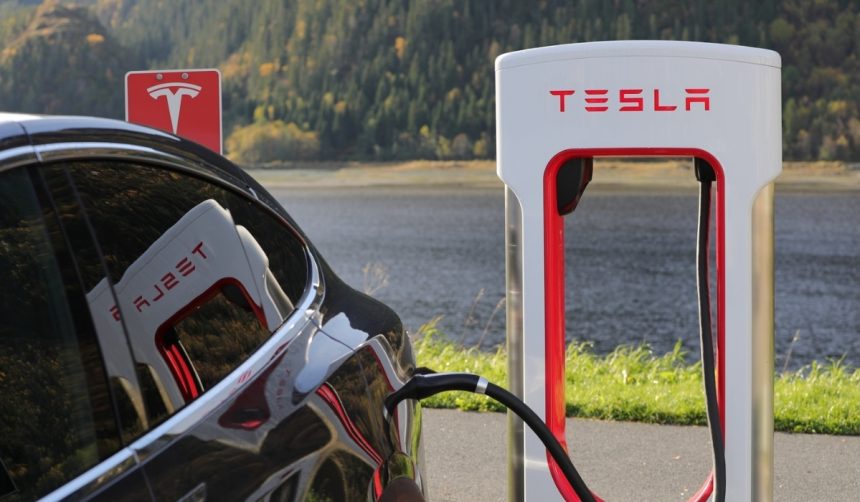As the United States prepares to conclude its electric vehicle tax credit program, Tesla has responded by unveiling a plan to maintain its market presence. Many buyers are reconsidering their purchasing decisions with the expected phase-out of the $7,500 federal incentive. This shift presents automakers with the challenge of keeping electric vehicles attractive to potential customers, especially those prioritizing affordability. Tesla’s move not only affects its sales strategy but also could set a benchmark for other car manufacturers observing the evolving policy landscape.
Coverage of Tesla’s earlier responses showed cautious optimism about offsetting expiring federal incentives through temporary price adjustments and inventory sales. However, any previous measures lacked the permanence of adding new, affordable models. The recent strategy departs from those short-term discounts, signaling a broader shift toward sustainable pricing to preserve demand once federal credits disappear.
How Does Tesla React to the EV Tax Credit Ending?
After reiterating his view that market competitiveness is preferable without incentives, CEO Elon Musk highlighted the need for a fairer energy policy. Despite Musk’s stance, the federal government has decided to end the electric vehicle tax credit program after the third quarter. Internally, Tesla executives have encouraged customers to make purchases before incentives expire and have rolled out limited-time offers on vehicles ranging from the Cybertruck to the Model 3.
Are New, Affordable Tesla Models on the Horizon?
Tesla’s Vice President of Vehicle Engineering, Lars Moravy, confirmed that the company started making more affordable cars as early as June. The plan is to optimize production to ensure availability by the fourth quarter.
“We started production in June, and we’re ramping quality builds and things around the quarter,”
Moravy said, referencing efforts to meet anticipated demand.
What Will These Lower-Cost Vehicles Look Like?
Indications from Tesla suggest the new, less expensive options will share similarities with the existing Model 3 and Model Y, rather than introducing unfamiliar designs. Offering familiar models at reduced prices may facilitate a smoother transition for consumers who followed the EV tax credit program. The continued emphasis on quality and competitive pricing is intended to reduce any negative impact from policy changes.
“We’ll be ready with new, more affordable models available for everyone in Q4,”
Moravy added, signaling broad market availability soon.
The introduction of affordable Tesla models provides a proactive approach to anticipated shifts in US electric vehicle incentives, contrasting with competitor strategies relying on dealership promotions and financing deals. With the Model 3 and Model Y already established in the American market, adjusting price points may allow Tesla to maintain or expand its customer base, especially as buyers recalculate total costs without federal rebates. Consumers seeking an electric car may find these updated offerings appealing, allowing them to make informed decisions based on up-to-date price comparisons and anticipated savings over the vehicle’s lifetime.










